Ob/Gyns say vaginal seeding could transfer viral infections to a baby
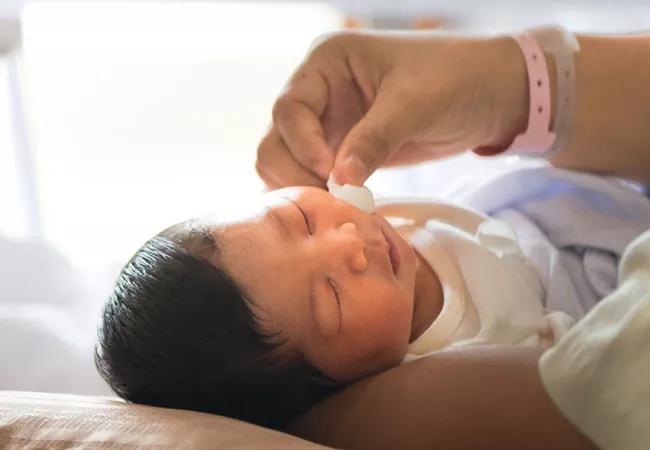
Maybe you’ve heard the advice that you should let your kids play in the dirt. Yes, let them get germy! It will build up their immune systems, they say.
Advertisement
Cleveland Clinic is a non-profit academic medical center. Advertising on our site helps support our mission. We do not endorse non-Cleveland Clinic products or services. Policy
The latest trend in “natural” birthing applies similar logic to newborns delivered via cesarean section.
C-section babies’ immune systems are disadvantaged, the logic goes, because those babies aren’t exposed to their mother’s vaginal microbes like they would be if they had passed through the birth canal. The idea is that the “good” bacteria from the mother’s vagina make it to the baby’s gut, where they multiply and help build up a healthy immune system.
So a child born via C-section, presumably, is missing out on those microbes.
A technique called vaginal seeding (also sometimes referred to as bacterial baptism) is an attempt to mimic that beneficial microbe-passing process. It involves taking fluid from a mother’s vagina and swabbing it over the nose, mouth and skin of a newborn baby who was born by C-section.
It’s an inherently risky process, though, according to Oluwatosin Goje, MD, an obstetrician and reproductive infectious disease specialist.
“The danger here is that the vaginal microbiotia is specific to the vagina, and some people might have an abnormal microbiota,” she says. That is, there are a number of bad bacteria and viruses that could be living in a mother’s vagina without her knowledge – gonorrhea, herpes and chlamydia, for example. And intentionally wiping those on a baby’s skin, nose and mouth could, as you can imagine, have negative effects.
Advertisement
Dr. Goje acknowledges that the idea of vaginal seeding isn’t far-fetched – there are studies indicating that early exposure to lots of microbes can help build up babies’ immune systems. But the risks and benefits of swabbing babies with vaginal microbes just aren’t well enough understood for it to be routinely recommended to women, she says.
More babies than ever are being born by C-section. In the U.S., nearly one in three births today are cesarean births, according to the Centers for Disease Control and Prevention.
At the same time, rates of allergies, asthma and other immune disorders in children have grown, too. Coincidence? Maybe not. Multiple studies have shown that children born by C-section are more likely to develop asthma, allergies and food allergies.
“But there’s really no good, randomized studies that show that cesarean-born children do poorly compared to vaginal delivered babies specifically because of the microbiota,” Dr. Goje says.
At least one clinical trial is underway to see whether this practice of vaginal seeding is safe for babies and whether it could reduce their risk of developing immune-related diseases.
But at least for the time being, a clinical trial is the only setting in which vaginal seeding should be performed, Dr. Goje advises.
ACOG, an organization of women’s health care physicians, agrees.
In an opinion published last year, the group recommended that vaginal seeding shouldn’t be performed outside of a research setting until more is known about its safety and benefits. And, the group states, if a patient insists on performing the procedure herself, her obstetrician should discuss with her the potential risk of transferring viral infections to her baby.
Dr. Goje says the group’s statement itself means that more moms are asking their doctors about vaginal seeding. “When you see ACOG publish an opinion, it’s because the fellows are asking for guidance in that area,” she explains.
There are a number of other ways that mothers can transfer their good bacteria to babies. Breastfeeding is the No. 1 way, but even cocooning and coddling the baby will do it, she says.
She concludes, “For now, we should be advocating for doing the things that already have established benefits while research is going on to better understand vaginal seeding.”
Advertisement
Learn more about our editorial process.
Advertisement

There are risks to having a C-section and benefits to vaginal birth
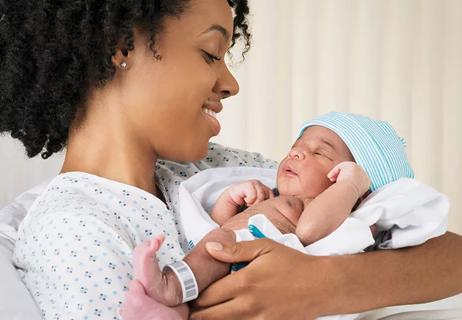
What to expect after having surgery
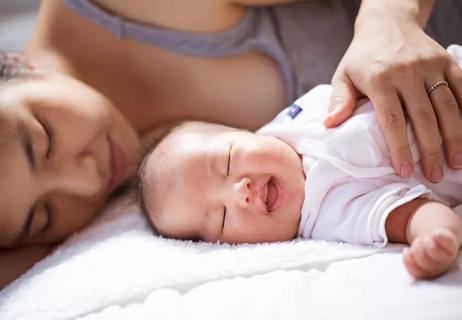
A Q&A examining the reasons behind this change and what it means for new mom + their babies
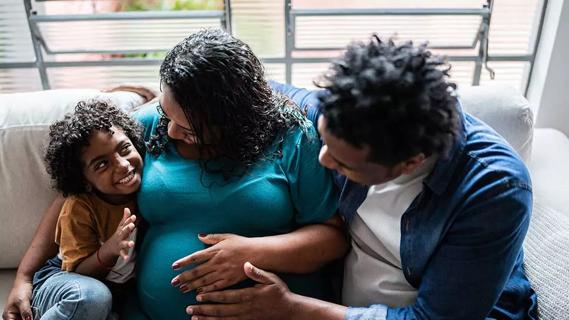
Talk with them about their new sibling early and often

Dental care is not only safe during pregnancy, but it’s also highly recommended
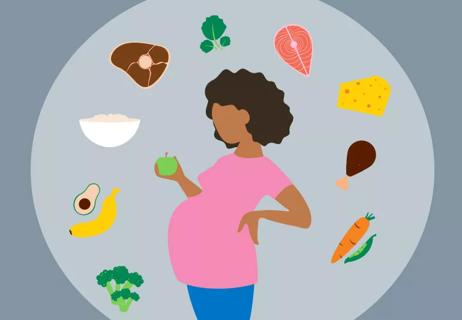
A healthy pregnancy diet includes good amounts of folic acid, DHA, calcium and more

If left untreated, you risk complications, early labor and passing the infection to your baby
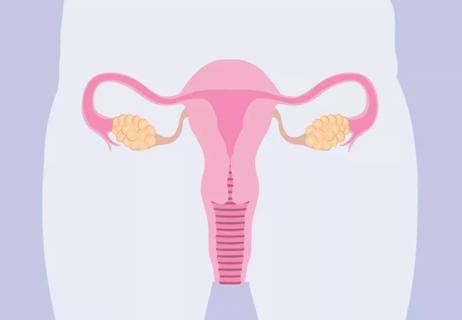
Lifestyle changes, like a healthy diet and exercise, can help with fertility issues

Type 2 diabetes isn’t inevitable with these dietary changes

Applying a hot or cold compress can help with pain